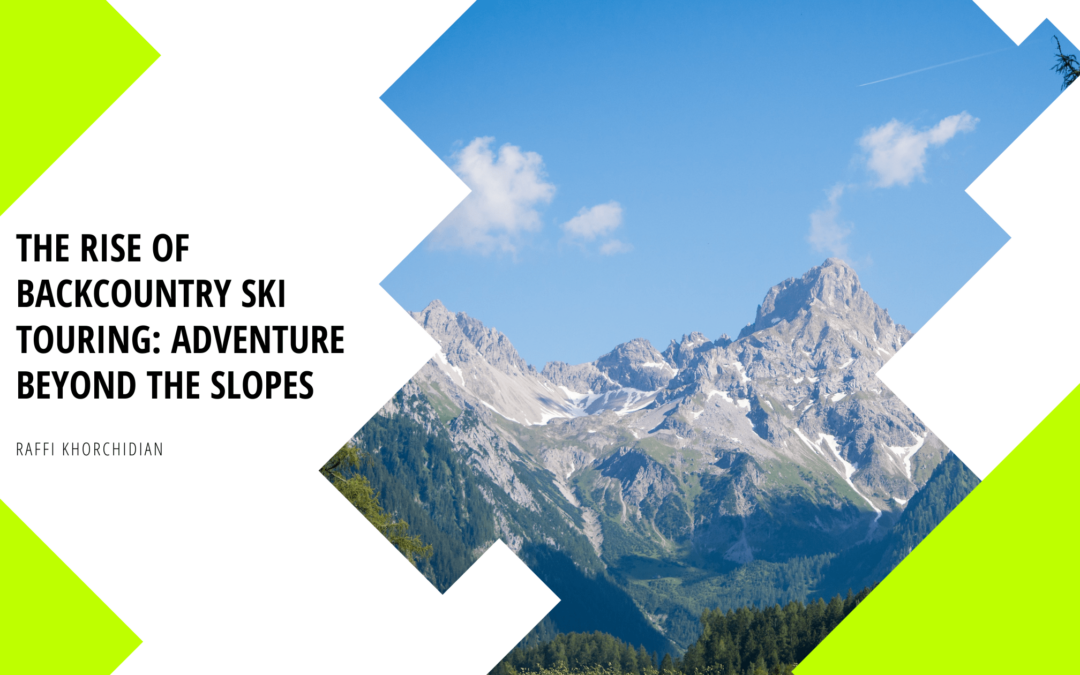For decades, skiing has been synonymous with chairlifts, groomed runs, and bustling alpine resorts. But in recent years, a growing number of enthusiasts have traded the lift lines for untouched snow and solitude. This shift is fueling the rise of backcountry ski touring—a niche but rapidly expanding branch of the sport that blends skiing, mountaineering, and wilderness exploration.
At its core, backcountry ski touring involves skiing in areas outside of designated resorts. Instead of lifts, skiers use specialized equipment like touring bindings and climbing skins that allow them to ascend slopes on their own power before skiing down untracked terrain. The appeal lies in freedom: wide-open powder fields, breathtaking vistas, and the sense of adventure that comes from earning every turn.
The experience is about more than skiing. It’s about reconnecting with nature and embracing self-reliance. In the backcountry, there are no ski patrols, no marked trails, and no safety nets. This makes preparation and knowledge just as essential as skill on the slopes. Avalanche awareness courses, navigation training, and proper gear—such as beacons, probes, and shovels—are non-negotiable. Many ski tourers also carry lightweight airbags for added protection in case of avalanches.
Interestingly, technology has made this niche sport more accessible. Modern touring gear is lighter, more efficient, and more comfortable than ever, lowering barriers for intermediate skiers who want to explore beyond the resort. Apps and GPS tools provide real-time terrain and avalanche data, allowing skiers to plan safer routes. Social media has also played a role, with stunning videos of untouched powder fields inspiring more people to try ski touring themselves.
Still, the growth of backcountry skiing comes with challenges. Increased popularity means higher foot traffic in previously secluded areas, raising environmental concerns and straining fragile alpine ecosystems. Responsible skiing—such as respecting wildlife zones, minimizing impact, and adhering to “leave no trace” principles—is crucial to sustaining the sport for the future.
What makes ski touring so addictive is the reward-to-effort ratio. There’s an unmatched satisfaction in climbing a ridge under your own power, then carving fresh lines through snow that no one else has touched. It’s skiing stripped down to its purest form—quiet, wild, and intensely personal.
For those seeking adventure beyond the lifts, backcountry ski touring offers a new dimension of skiing that combines athletic challenge, technical skill, and a deep connection to nature. It’s not just about the descent; it’s about the journey. And for many, that’s what makes it the ultimate skiing experience.

